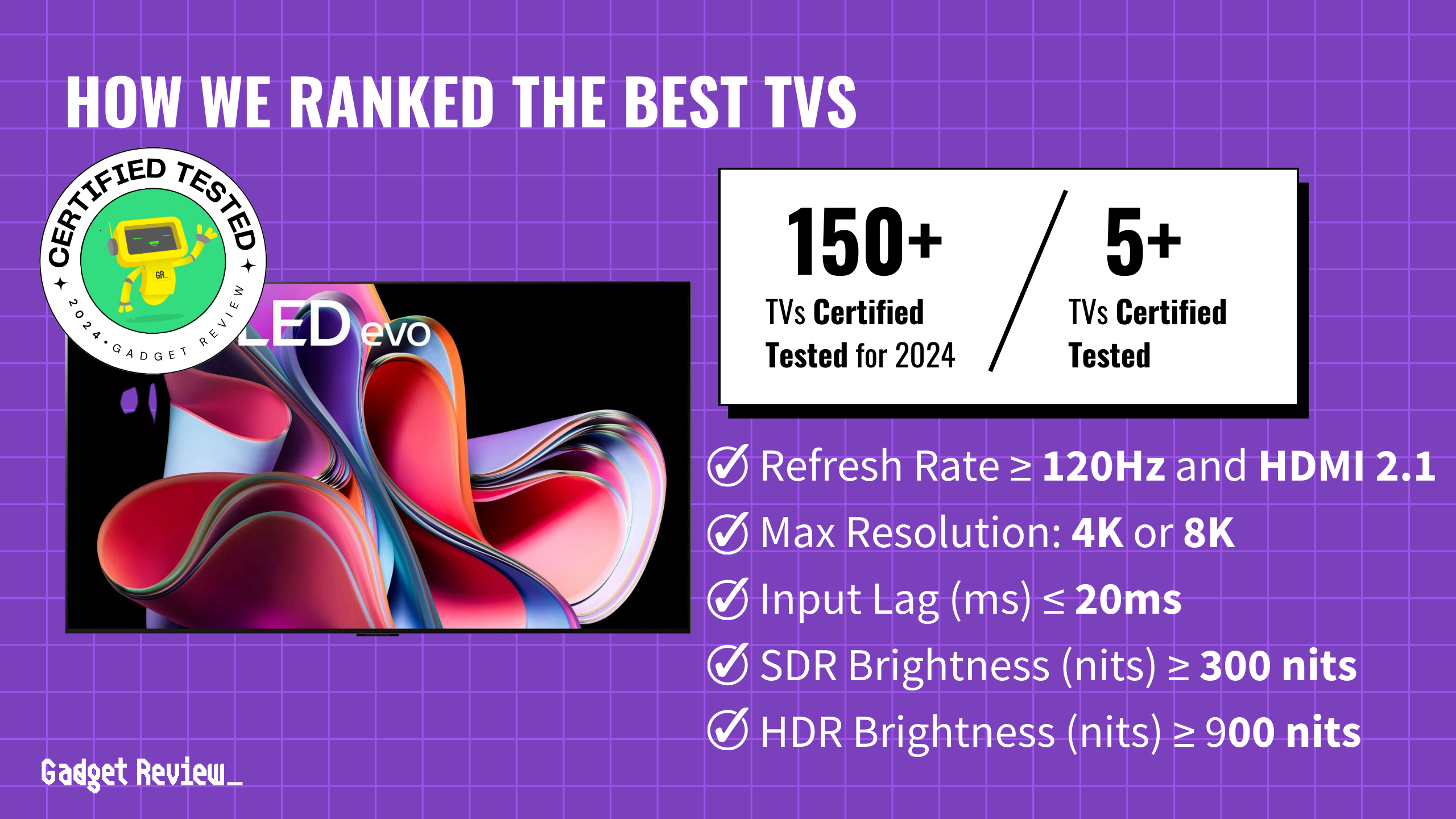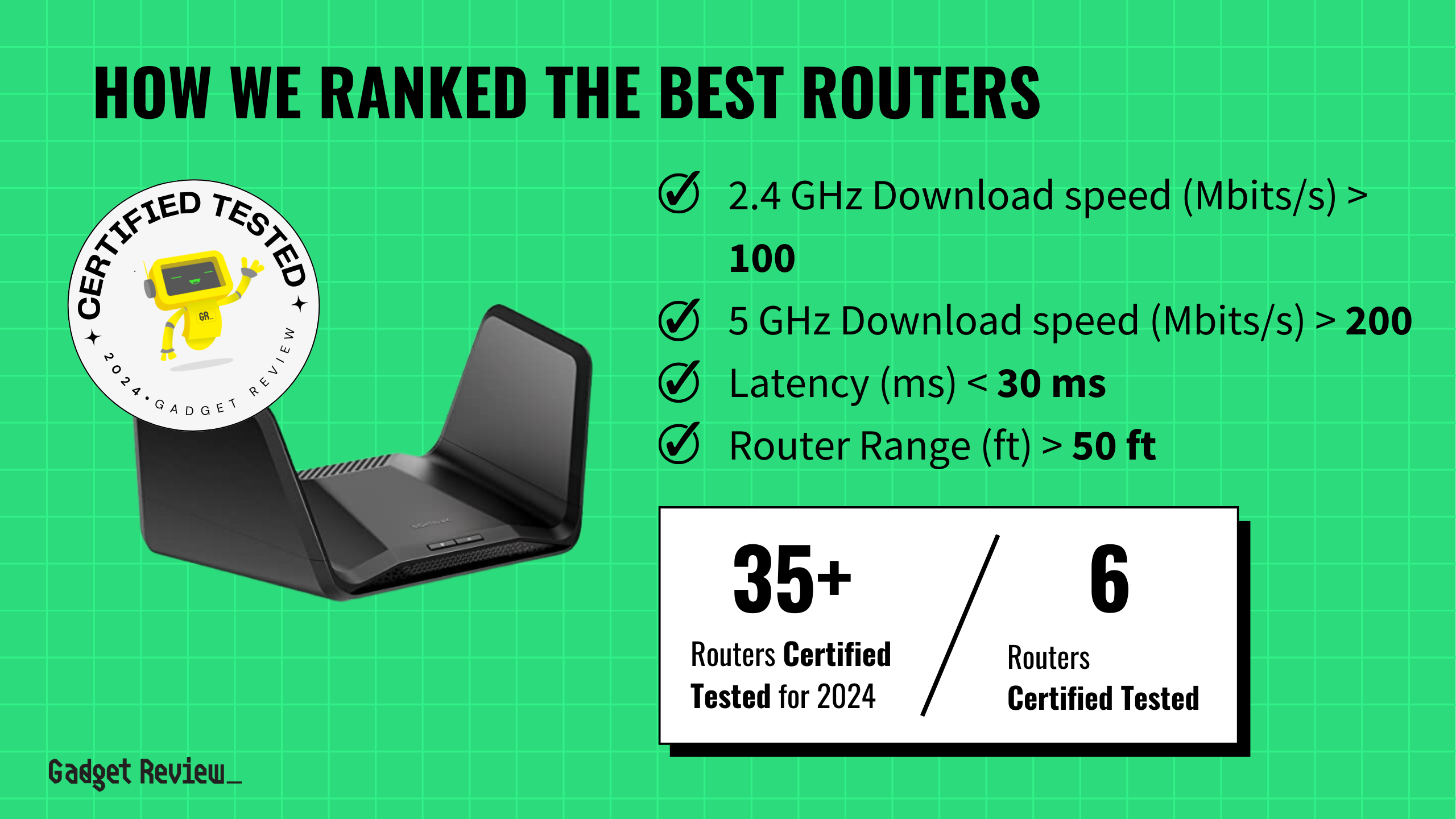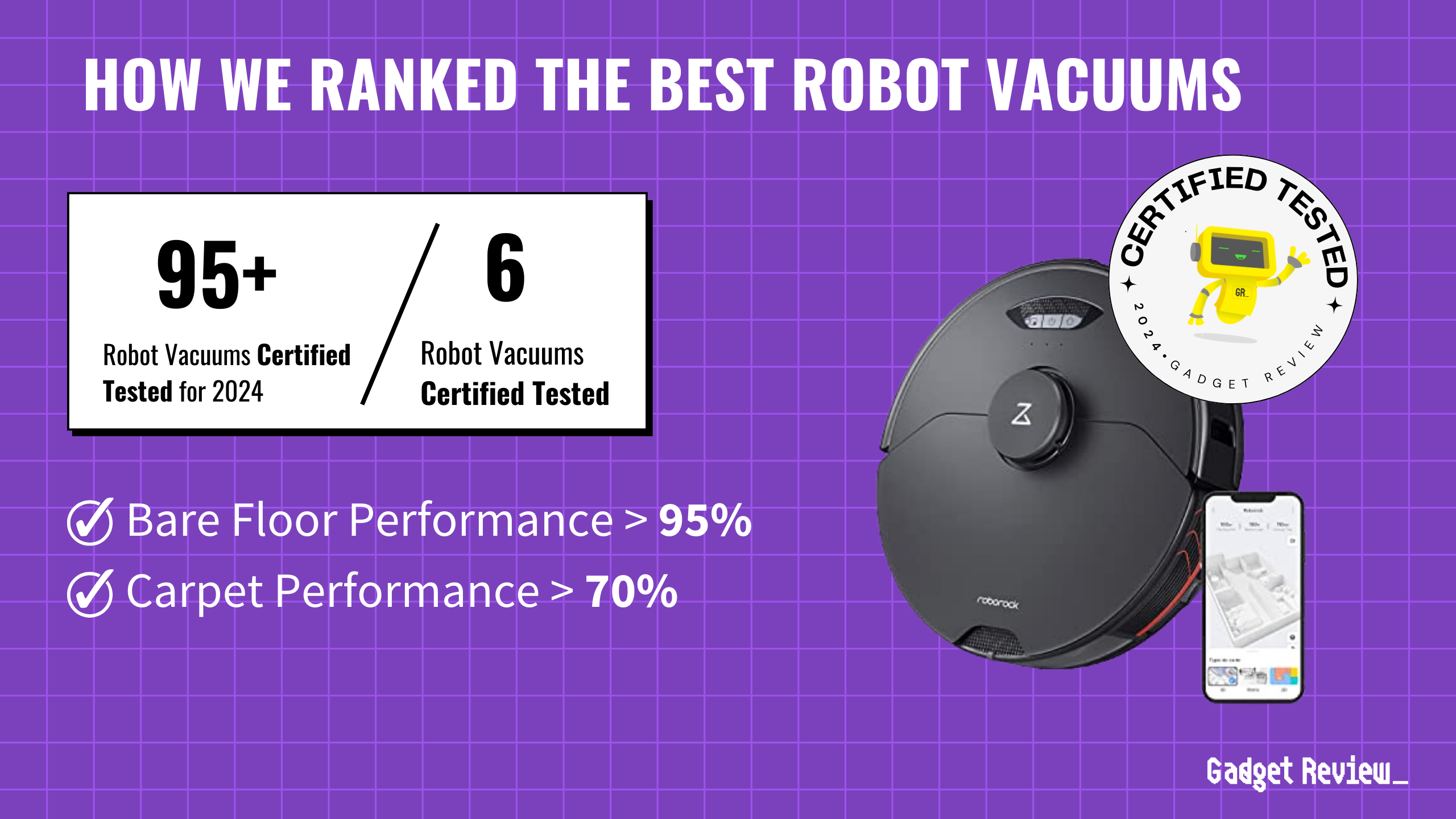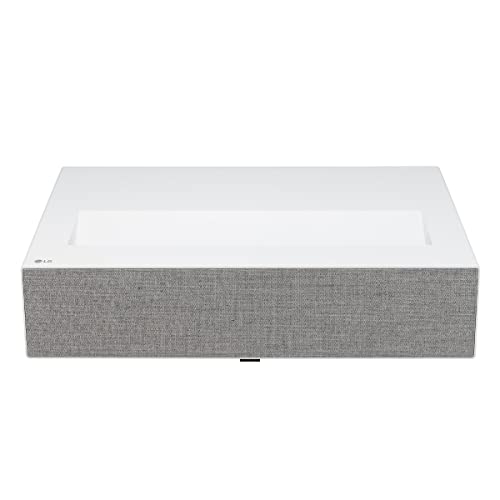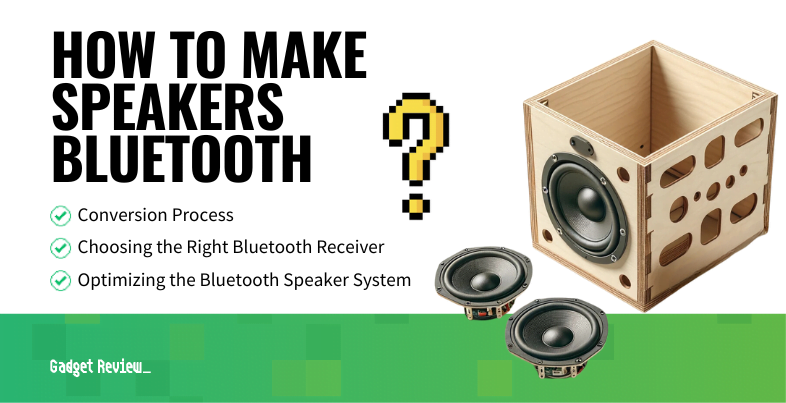Apple is developing both humanoid and non-humanoid robots for its future smart home ecosystem, according to renowned analyst Ming-Chi Kuo, though mass production remains years away as the company focuses on perfecting human-robot interactions.
Why it matters: The expansion into robotics fundamentally shifts Apple’s smart home strategy beyond static devices like HomePod, potentially transforming how users interact with technology in their homes.
Development Status: Apple’s robotics initiative encompasses multiple approaches and timelines:
- Early proof-of-concept testing stage
- Focus on user perception over appearance
- Emphasis on sensing hardware and software
Strategic Direction: The company’s approach prioritizes how humans interact with and perceive robots, rather than focusing solely on form factor. This strategy manifests in several key areas:
- Anthropomorphic designs over strictly humanoid ones
- Integration of expressive movements
- Development of core sensing technologies
The initiative builds on Apple’s recent research into expressive robotics, demonstrated by their Pixar-inspired lamp prototype that showcases how robots can convey intention and emotion through movement. This research aligns with the company’s broader vision for more intuitive and engaging smart home devices.
Apple’s first consumer robotics product, a tabletop device codenamed J595, could debut around 2026-2027. This device, combining an iPad-like display with a robotic arm, represents an initial step toward more advanced autonomous systems.
The company has taken an unusually open approach to sharing its robotics research, possibly to attract talent in this competitive field. This transparency marks a departure from Apple’s typically secretive development process.
Despite the early stage of development, Apple’s robotics initiative reflects a significant shift in the company’s product strategy following the cancellation of its autonomous vehicle project. The focus on home robotics leverages Apple’s existing strengths in AI, sensors, and user interface design.”
People often hear about stages like NPI, EVT, and MP when discussing Apple’s product development, but POC tends to fly under the radar,” Kuo explains. “Essentially, POC is Apple’s testing ground, verifying whether product ideas and core technologies are viable before formal kick-off.”






